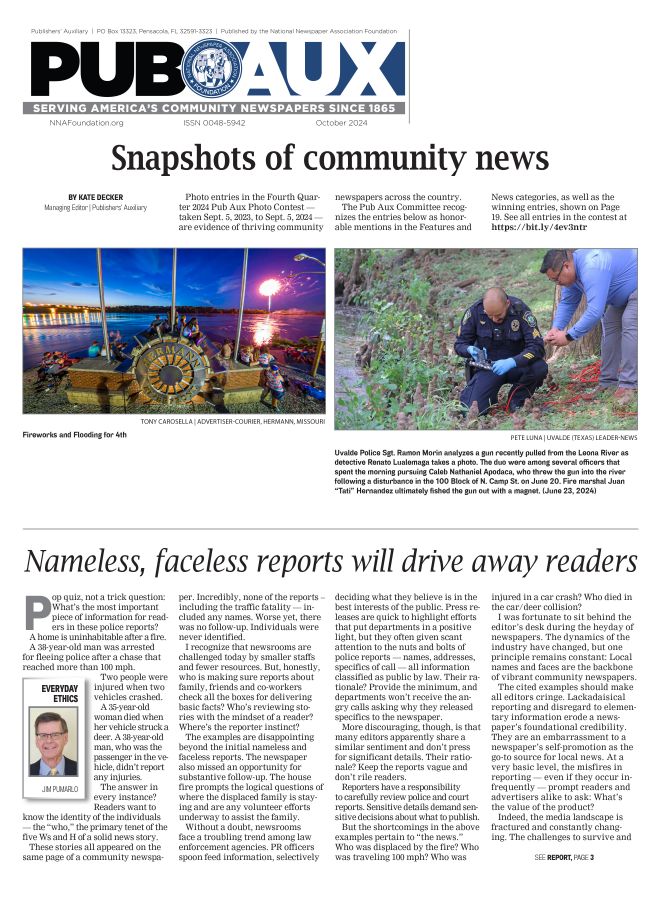Link rot could eat public notices
Sep 15, 2011
By Sara DeForge Hough
The average lifespan of a web page is 44 days, a statistic often repeated in discussions of digital preservation. However in an ironic twist, the source of this statistic is no longer available on the Web.
This loss or removal of content at a particular Uniform Resource Locator over time has a name: “link rot.” Its troubling existence as a pothole on the World Wide Web has begun to enter into discussions of public notice, and the role of government websites.
The topic of link rot was recently examined in an article by Sarah Rhodes—“Breaking Down Link Rot: The Chesapeake Project Legal Information Archive’s Examination of URL Stability” first published in the Law Library Journal.
In the article, Rhodes used a range of research to find that link rot is not only pervasive, but can be found in a myriad of places such as scholarly articles, judicial decisions and on government websites.
In her analysis of government websites, she concluded that “despite the perception (emphasis added) that resources published to government domains are more stable than those published to websites hosted by commercial entities” the government sites are equal or, in some recent studies, have an even greater frequency of link rot than other top-level domains such as .com, .org or .edu.
At a time where state legislatures around the country are contemplating proposals to move public notices to government websites, Rhodes’ conclusions make an argument for a reconsideration of this option to ensure an archive of the notice is preserved.
Rhodes found that state government top-level domains have the highest incidence of link rot as compared to other top-level domains. She wrote, “It is clear that content at state top-level domains appears to be the most at risk for link rot, content at seemingly stable organization and government top-level domains is also vulnerable to link rot, and this vulnerability increases with the age of the resource.”
The project was made possible by the Chesapeake Project, a collaboration started by three law library members of the Legal Information Preservation Alliance.
Sara DeForge Hough is the executive director of the Public Notice Resource Center. She can be reached at sara@americanpressworks.com.







